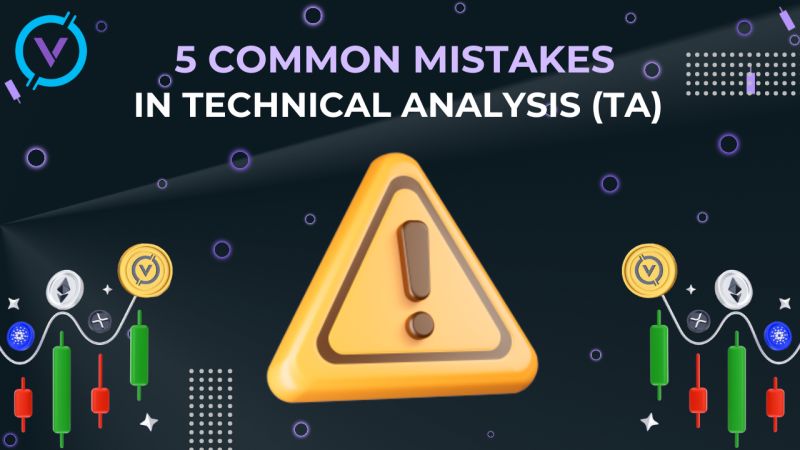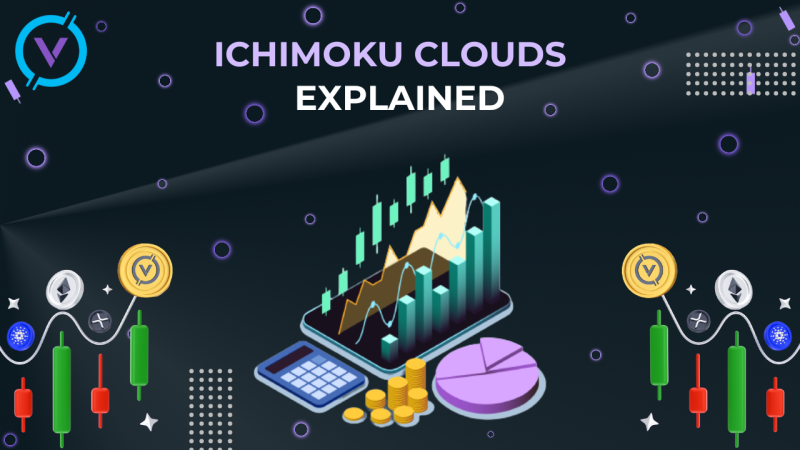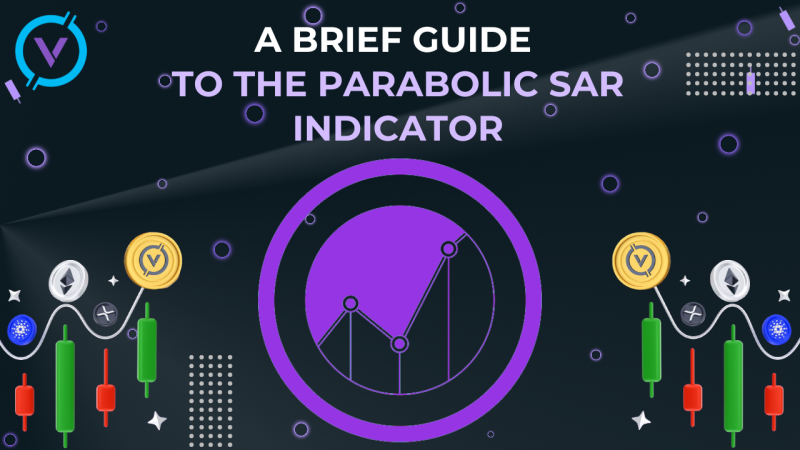A futures contract is an agreement between two parties to sell or buy an asset at a fixed price on a predetermined date in the future. Imagine that two investors enter into such a contract, and the underlying asset is bitcoin. One of them promises to sell bitcoins at an agreed price, and the other promises to buy them.
At the time when the contract is to be concluded, they both have to fulfill their promise regardless of the actual price of bitcoin at that time. If the future price is higher than the original agreed price, the seller loses and the buyer wins, and vice versa, if the future price is lower than the original.
People trade futures because it has a number of significant advantages. These include hedging and risk management, short exposure, and financial leverage.
Indefinite contracts
A perpetual contract is much like a futures contract. However, there is one significant difference. As the name implies, an indefinite contract is a contract that has no expiration date. I can also call this contract "eternal". The buyer or seller can stay in the transaction for as long as they need.
This type of contract is very popular on cryptocurrency exchanges such as Binance. Let's look into indefinite futures in more detail.
The difference between perpetual futures and urgent futures is the absence of a due date (expiration). Traditional futures have a specific settlement date. There are weekly, fortnightly, quarterly and two-quarter futures futures. A trader can hold a position on indefinite futures for an unlimited amount of time and close it at any time.
What is the initial margin?
The initial margin is the value of liquid assets multiplied by the risk rate for each of them. If the value of the liquid portfolio is lower than the initial margin, then the investor will not be able to open new positions.
What is the maintenance margin?
Supported Margin is the amount of funds that you have to maintain in your account to keep your positions open. The minimum requirements for the size of the supporting margin will vary depending on which symbol you trade and how much leverage you use.
What is liquidation?
Traditionally, liquidation means the conversion of assets into cash. In the world of cryptocurrencies, liquidation is a situation when the exchange forcibly closes a trader's position using leverage due to a partial or complete loss of the trader's initial margin.
That is, if a trader does not have sufficient funds to maintain an open transaction, the exchange automatically closes it.
What is the funding rate?
The financing rate is a small fee paid by one party to the contract to the other party. That is, the financing rate is set by the market and changes over time. When the market is bullish, it is likely that long positions will pay short. When the market is bearish, most likely, shorts will pay longs. Its purpose is to maintain a situation where the price of an indefinite futures contract remains near the price of the underlying spot index. This is a mechanism that ensures that the price of an indefinite futures contract is located near the index price of the spot market. All exchanges trading crypto derivatives use the financing rate for perpetual contracts.
What is the mark price?
The marking price is a more accurate objective price for an indefinite futures contract compared to prices in other futures markets.
The price tag is used:
- To exclude unauthorized price maneuvers and as the main price during liquidation, which helps to prevent unnecessary forced liquidations when trading futures with high leverage and reduces losses caused by price manipulation in futures trading and lack of liquidity;
- When calculating unrealized PNL (profitability and loss ratio comparison indicator or profit and loss statement).
A PnL report is data about how much the company earned and how much it spent. All profits and all losses for a certain period are taken into account — for example, for a month, quarter or year.
The calculation of PnL depends on the market (spot/futures), the entry and exit prices of the transaction, as well as leverage (if any) and exchange commissions.
The Insurance Fund is a security system that protects bankrupt traders from unwanted losses and guarantees full payments to traders with successful trades. The main purpose of the insurance fund is to minimize the cases of liquidation of counterparty positions.
When the counterparty's positions are liquidated, the positions of traders representing the opposite side are automatically liquidated to cover the positions of the bankrupt trader. In such situations, there is a risk of liquidation of opposite profitable positions with high leverage.
What is Auto-deleveraging?
Deleverage is the reverse process of leverage. That is, this is the process of reducing leverage, or the level of creditworthiness.
With deleveraging, the load on the fund is reduced by reducing the leverage and, accordingly, the profitability of the transaction. Or even by forcibly closing it.
Auto-deleveraging (Auto-Deleveraging or ADL) is a function that automatically performs deleveraging in case of depletion of the funds of the insurance fund. That is, it reduces the leverage of the winning trader or forcibly closes the most profitable trades. First of all, transactions with the highest leverage and maximum profit fall under ADL.
Conclusion
Futures and perpetual futures are the main trading tools for traders. But these are complex and high-risk tools. When trading them, you need to be careful and comply with risk management. This is especially true for bidders using leverage.
Futures trading requires an understanding of the market, knowledge of its mechanics and experience in trading simpler instruments (spot and margin trading).


